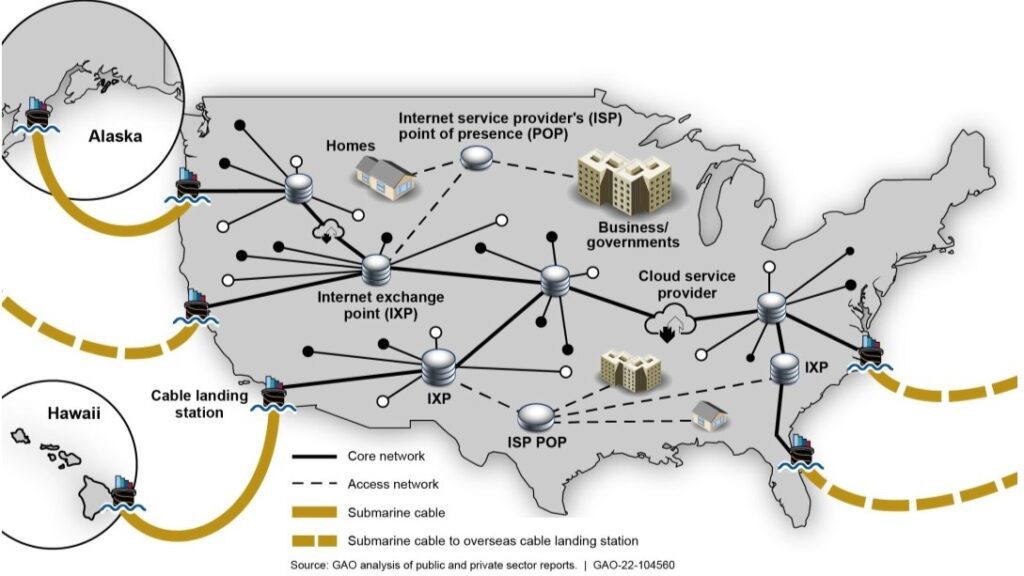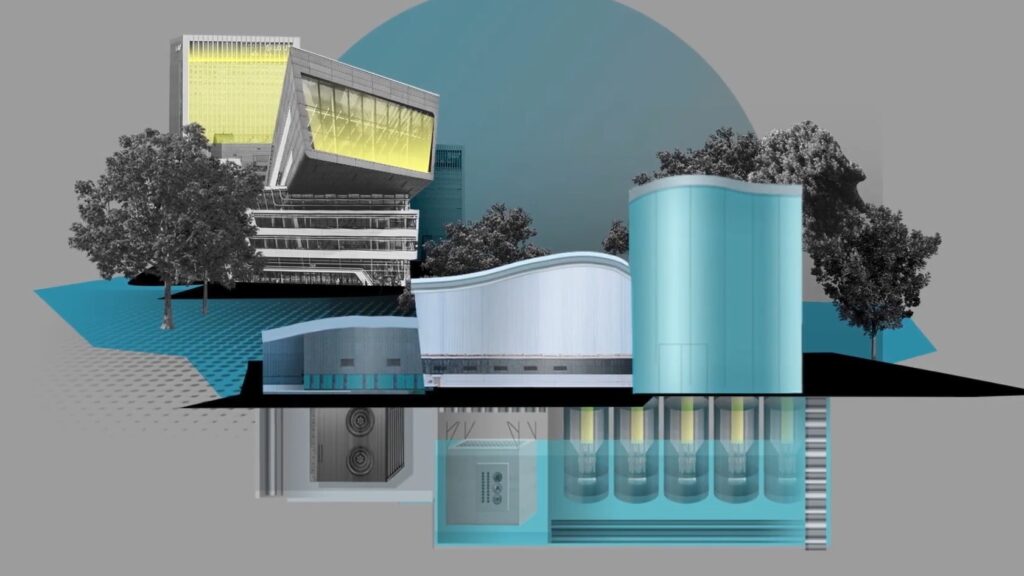CFC Advises “Flexibility and Adaptability” to Deal with Data Centers
Randy Sukow
|

CFC released a brief video earlier this week, giving electric cooperatives its take on the growing demand for electricity as internet data centers appear in rural America. It is difficult to predict what will happen, said Chris Whittle an energy industry analyst for CFC Utility Research & Policy, but cooperatives will have to remain aware and be ready to make strategic decisions to meet future demand.
“While there is a lot we don’t yet know about how all this will play out, one thing is for certain. Electric cooperatives have a unique opportunity to get ahead of these trends by staying engaged with members, investing in smart infrastructure, and adapting a mindset of flexibility and adaptability. As long as we do that, electric cooperatives will have a bright and sustainable future,” Whittle said.
The video follows an earlier article posted on the CFC website, which cites estimates by consultants McKinsey & Co. and S&P Global that “adding even 50 GW of new data center capacity by 2030 would require significant investments, including more than $500 billion in internal data center infrastructure, at least $60 billion in new generation and $15 billion in transmission infrastructure.”
S&P Global further predicted that natural gas would power 50 percent of the additional electricity generation for data centers by 2030; 20 percent would be powered by wind and 30 percent by collocated solar and battery facilities. “This is based on current market assumptions and is not factoring in the future viability of expanded nuclear energy production,” the article finds.
However, a few test projects already have begun applying for federal approval for small modular reactors (SMRs) to power data centers, including a project in Oak Ridge, TN. Also, some foresee a future where data center owners deploy on-site nuclear facilities, bypassing utilities, local regulators and investment in transmission infrastructure.
CFC in another recently published article said that staying aware of SMR development will be an important part of cooperatives’ strategic planning. “SMRs could provide a steady and scalable power source for [data center] facilities, opening opportunities for cooperatives to form energy partnerships with data center operators,” the article finds.
However, CFC also points to challenges that SMR projects still face, including high initial costs, complex and lengthy regulatory approvals and long-standing public perceptions about the safety of nuclear power.


